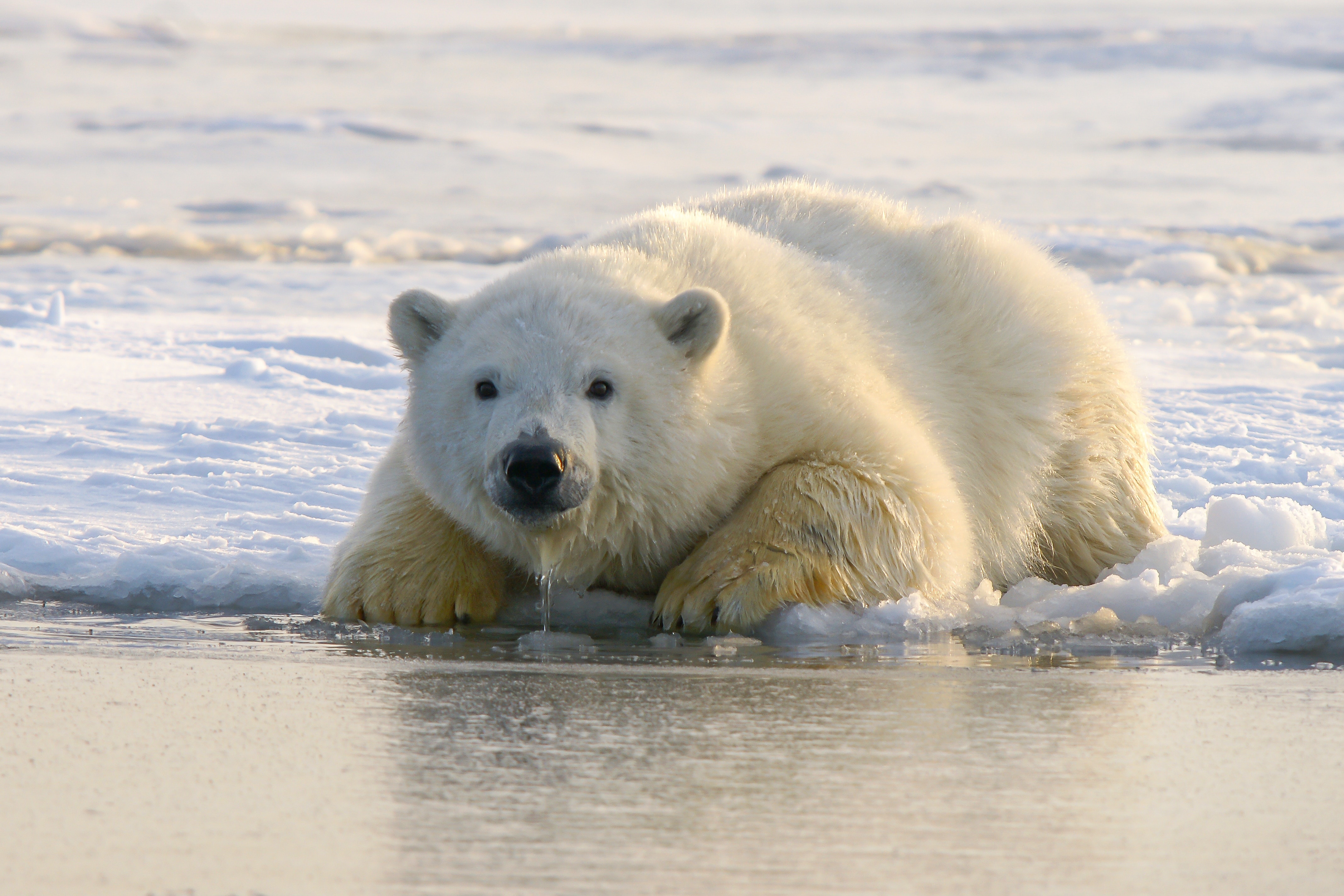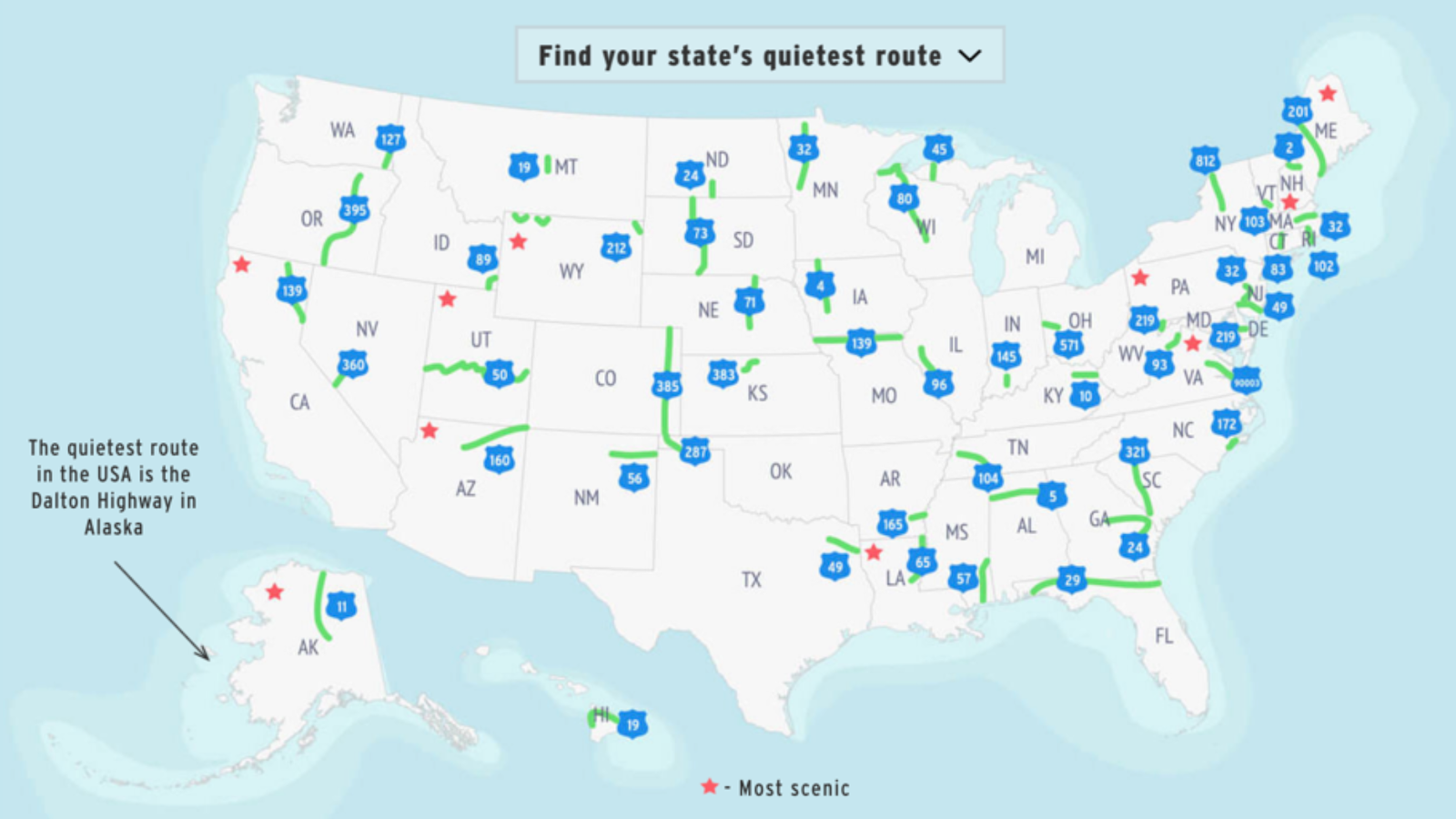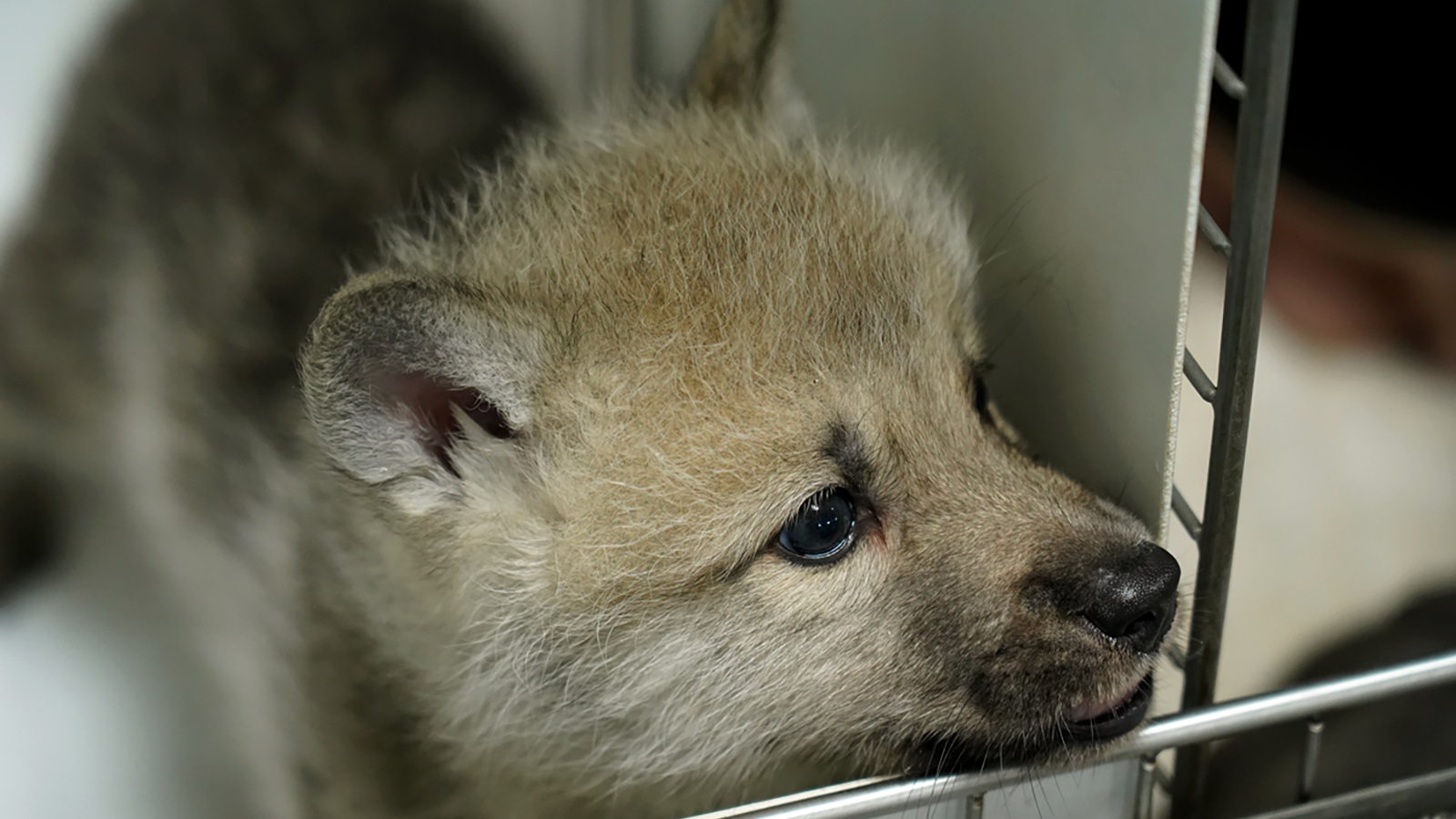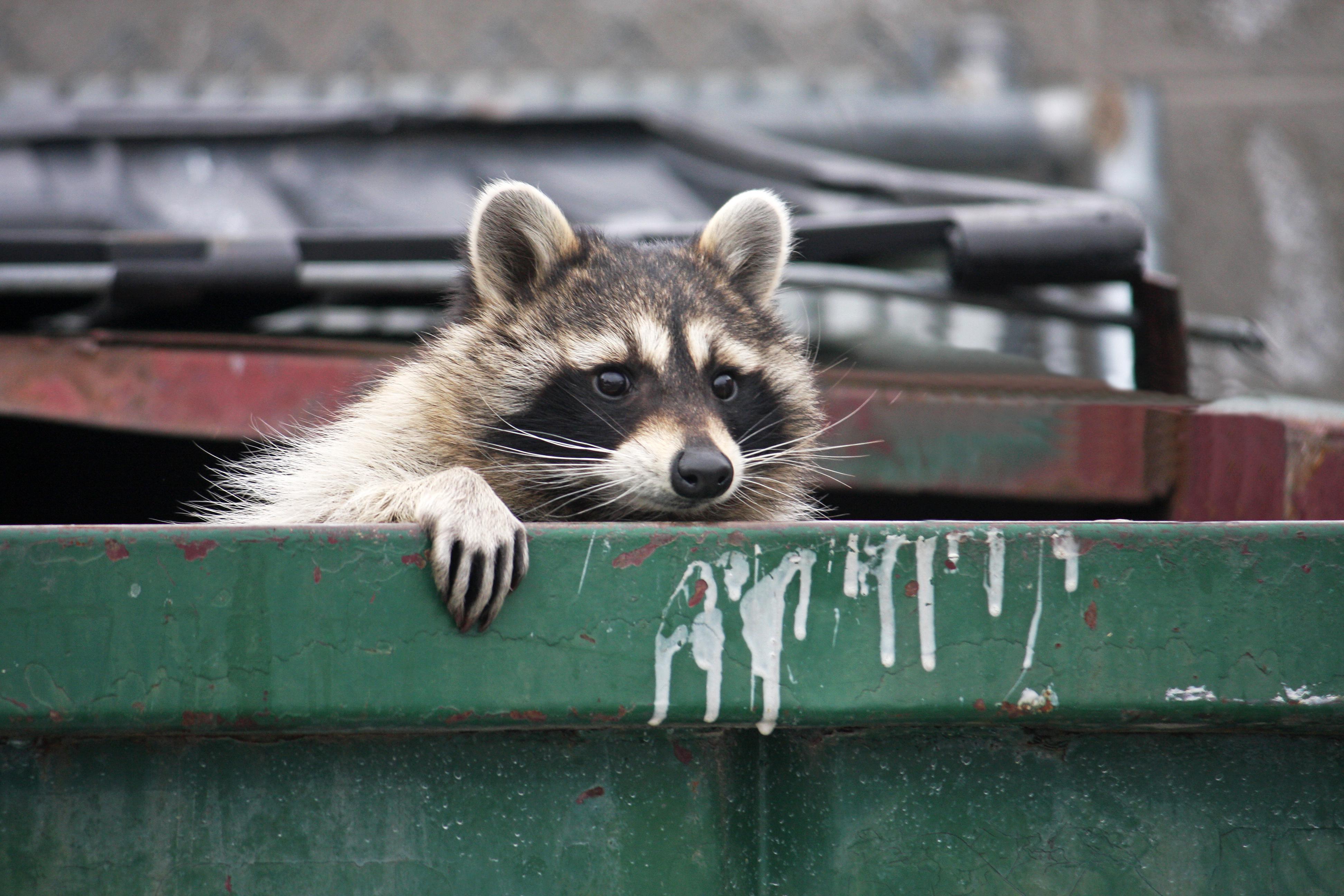In Canada, misbehaving polar bears go to jail

On October 4, 2022 Chantal Cadger Maclean, a conservation officer in Churchill, Canada, got a call: A polar bear had broken into someone’s shed on the edge of town. A teenage female, she had been circling the town’s borders for a few days trolling for food. But now Maclean and several other members of Churchill’s Polar Bear Patrol team found her standing in the shed’s doorway, munching away. This was a bad development. “Unfortunately, that bear is going to associate buildings with food rewards from now on,” says Maclean—which could lead her to people’s homes. “That means it is immediately classified as a bear we need to chemically immobilize and put into the polar bear holding facility.”
Immobilizing a 500-pound animal that can run on uneven terrains or hide among rocks takes a joint land and air effort. Hanging out off the side of the helicopter with a dart gun, Maclean’s work partner Ian van Nest, gave the ivory fugitive a shot of telazol, a quick-acting anesthetic. The on-the-ground team was ready with trucks and ATVs, but the bear got out of reach. “It took two-ish minutes for this bear to feel the effects of that drug,” says Maclean, but she managed to get onto the other side of a big berm where no vehicles could reach her. The team had to retrieve the problem girl on foot using a “polar bear stretcher,” essentially a massive board. “Seven of us carried this 500-pound bear over the berm and put it into the back of our truck,” says Maclean. “And then we drove it to the polar bear holding facility.”
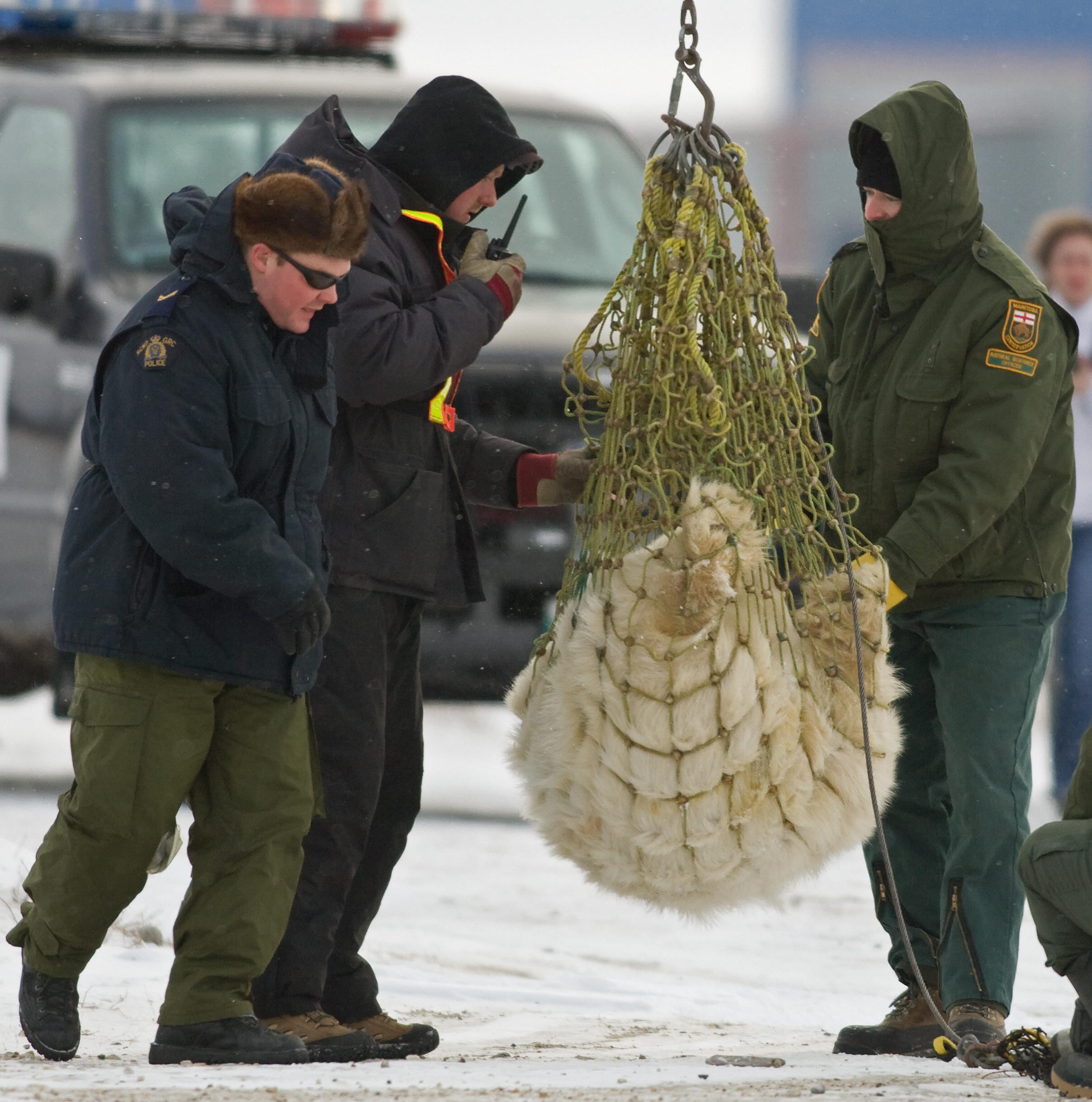
That’s just another day in polar bear country. A frontier settlement founded for fur trading in 1717, Churchill sits smack in the middle of the “polar bear highway”—the natural path the animals take to get onto the sea ice every year. Located on the shore of Hudson Bay, Churchill has around 850 human residents and about the same number of bears roaming around. During the winter, the bears live on the frozen bay, hunting seals. But once the ice melts in July, they move onto land where food is scarce. “They live off the fat stores they accumulated over winter while eating seals’ blubber,” explains Rachel Sullivan-Lord, a marine biologist and expedition leader with Natural Habitat Adventures, a company that operates polar bear tours in the area. “Towards the end of November, they come to shore, waiting for the bay to freeze. By then they’ve been without hunting opportunities for several months, so they are starving. They’ll use any chance to get food.”
That annual passage makes Churchill a unique place for tourists to watch the Kings of the Arctic in their natural habitat—so up close and personal that the creatures come up to the Tundra Lodge, a seasonal wildlife-watching hotel, and stand up on their hind legs to peek at the people inside. But it also makes Churchill a dangerous place to live. Maclean remembers a recent call she got when a bear was pounding on a woman’s window at 5 a.m. in the morning. “It’s the worst place for a town to be,” she says. “Today, we would never put a town here.”
Years ago, a bear smacking at the window or breaking a door would likely be shot to avoid potential human fatalities. But over the years, that mentality has changed, influenced by tourists’ interest in the majestic creatures and by the fact that there aren’t many left. Only about 20,000 to 26,000 polar bears remain in the wild, says Geoff York, senior director of conservation at Polar Bear International, a nonprofit organization that works to preserve the animals. According to a recent Canadian government report, the polar bear population has dropped 27 percent over the past five years. With less and less sea ice forming every year, the bears have less time to hunt seals and build up necessary fat stores, leaving many bears to face starvation. Today, Churchill’s Polar Bear Alert program keeps a close tab on the hungry prowlers, putting them behind bars and out of harm’s way only when absolutely necessary.

Colloquially known as the polar bear jail, the holding facility is a massive hangar of 28 cells built from cinder blocks with steel bar ceilings and doors. A second set of solid metal doors prevents bears from reaching out between bars. Most cells fit only one bear (otherwise they’d fight) but two larger cells are reserved for moms with cubs. Five of the cells are air-conditioned to make them more comfortable during warmer weather. Some bears are tranquilized when they’re brought in. Others arrive awake in huge culverts, traps baited with a chunk of seal meat that snap shut once bears pull on the food.
Built in the 1950s when Churchill was an army base, this facility is absolutely unique, York says. Only the military could ship and fly enough material to construct a building that size and strength in such a remote, inhospitable place. “It would be very expensive to create and build something that size and with the functionality that they have there,” he says. “Having that facility has allowed managers to keep bears in the population that otherwise would have been euthanized without the option of holding them until the sea ice was reforming,” he says. Instead of shooting the dangerous bears, the patrol team holds them for a few weeks until the bay freezes.
That’s exactly what happened to Maclean’s she-bear burglar. Still asleep, she was weighed and measured from the tip of the nose to the tip of the tail. She received an ear tag for future identification and a lip tattoo as a backup because bears sometimes lose their ears in fights. The tags help the team identify difficult bears in the future. Then the problem teen was transferred into a cell, where she eventually woke up.
The jail environment teaches the animals that approaching humans results in a boring and annoying experience, not worth repeating. That’s why bears don’t get to do much in their cells. They can perambulate back and forth among the cinderblocks or lounge on straw bedding or wood shavings. They can bang on the walls, which is usually a good sign, says Maclean. “If we don’t hear from a bear, we may occasionally peek in on it,” she says. “But a bear that’s banging is usually a good, healthy bear.”
While “imprisoned,” bears get water or snow through a trough that runs across their cells, but no snacks—to avoid associating humans with food. “At that point, they’re already fasting,” explains Maclean, plus they’re not spending as much energy as they would be out in the tundra. “They’re losing almost the exact same weight that they would be if they were out on the land,” York says. “So they’re having a very similar experience in terms of fasting that they would if they were not in a facility.”
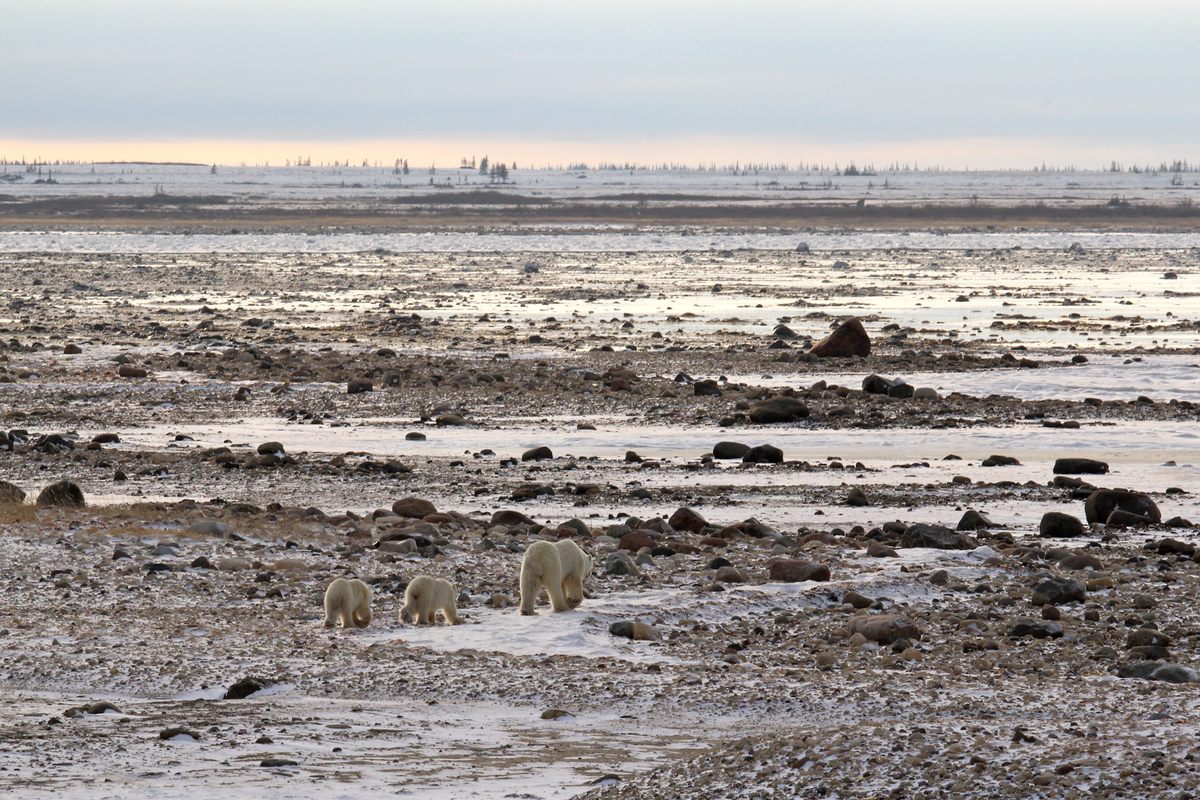
“Sentencing” bears is a last resort. Generally, the team tries to haze a bear out of town with empty shots and firecrackers. But if the animal doesn’t leave, keeps coming back, or starts breaking into buildings, the team has to lock it up. “We only do proactive capturing when we know the alternative is worse,” says Maclean. “The alternative is the bear gets euthanized. So instead of letting it get to that point, we capture the bear.”
Most bears stay in the lockup for 30 days or until the bay freezes. As soon as the ice forms, they are free to go—an annual spectacle many of the town’s residents come to see. Loaded into the culverts, the bears are brought over to the ice and the trap doors are lifted, setting them free one by one. The team drives a truck towards each bear, nudging it to head towards the ice. In 2022, there were only five inmates released when the bay froze. All the freed bears happily wandered off onto the ice, hungry for their long-awaited dinner.
The shed-breaking youngster was among them. “She is out making a living now,” Maclean says. “She’s doing what bears do—hunting seals.”
This article originally appeared on Atlas Obscura, the definitive guide to the world’s hidden wonder. Sign up for Atlas Obscura’s newsletter.
